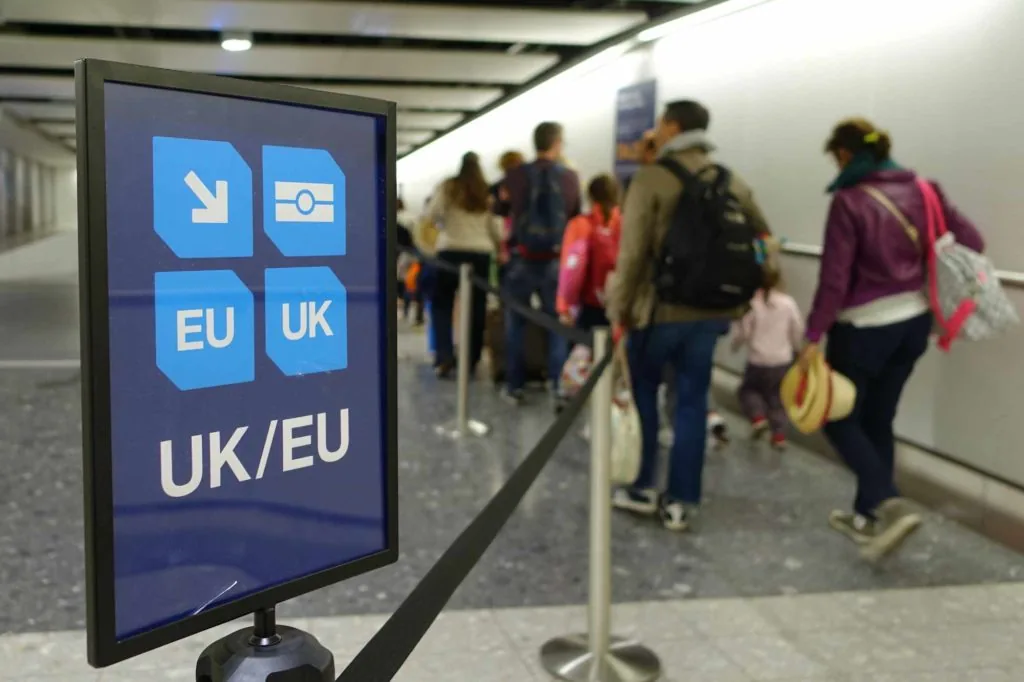
Roll up, roll up for the holidays! The government announces changes to how holiday is calculated

By Charlie Maples, Adrian Horne, Lowenna Carlson
19 Dec 2023 | 6 minute read
In November 2023, the government announced a significant change to the law on holiday, confirming it will legislate to allow rolled-up holiday pay for irregular hours and/or part-year workers and introduce a new system for calculating holiday entitlement for those workers.
As a festive treat, we thought we would outline some key aspects to bear in mind in relation to the pending legislation – perhaps one to revisit in the New Year!
How will the regulations apply?
The new regulations will apply only in relation to leave years which start on or after 1 April 2024. So those employers who have holiday years in line with the calendar year will not be able to change the approach until 1 January 2025 (unless you change your holiday year).
Where will the regulations apply?
The new regulations will only apply in England, Scotland, and Wales – not in Northern Ireland.
What changes in relation to holiday accrual?
Nothing changes in relation to holiday accrual, or holiday pay for workers who are not an irregular hour or part-year worker. They will continue to be entitled to 5.6 weeks' annual leave per year, and holiday pay should be paid at "normal remuneration" for the first 4 weeks (which means factoring in commission, regular overtime and shift allowances). In practice, many employers pay all 5.6 weeks using a "normal remuneration" approach. Because of the recent Supreme Court decision in Agnew, as well as the draft regulations, you should check that you are already correctly factoring the appropriate payments into your holiday pay calculations.
Who do the regulations apply to?
The new regulations will only apply to two types of workers - irregular hours worker and part-year worker.
An irregular hour's worker: A worker whose number of hours that they will work in each pay period is, under the terms of their contract "wholly or mostly variable". This appears to capture many zero hours workers and variable hours workers (who are contracted to have variable hours).
Just to be clear, it does not capture workers whose contracted hours are fixed, but where the working pattern in which they will work them varies.
A part-year worker: A worker who is only required, under the terms of their contract, to work part of the year with periods within that year (during the term of the contract) of at least a week where they are not required to work and are not paid. This appears to capture hourly paid term time only workers and seasonal workers (but arguably not those who are contracted to work term time but paid in regular monthly instalments).
How should employers deal with leave years starting from 1 April 2024?
For leave years which start after 1 April 2024, consider dealing with your workers in two groups at the start of each leave year:
- "Classical" regulation 13 and 13A workers (i.e. those who are not irregular hours or part-year workers) – entitled to 5.6 weeks holiday calculated as normal.
- Irregular and part-year regulation 15B to 15F workers, who will be subject to new rules.
This is so that holiday entitlement will accrue in hours (not weeks) on the last day of each pay period based on 12.07% of the actual hours worked in that pay period (and subject to a maximum of 28 days per year, although it is not clear how many hours this amounts to).
Where a worker has been absent owing to sick leave or family-related statutory leave, a 52-week reference period will be used to calculate the amount of holiday accrued in that time.
How can employers utilise "rolled-up holiday" pay?
You can, if you want, implement "rolled-up" holiday pay by paying an uplift of 12.07% of all pay for work done at the time the work is done (instead of when the worker takes holiday).
If you want to utilise rolled-up holiday pay you need to:
- Consider whether moving to rolled-up holiday pay will require a change of contract.
- Check whether you give contractual entitlement over/above 5.6 weeks/28 days – if so, you might need to use a different (higher) percentage for rolled-up holiday pay.
- Ensure that holiday pay is itemised separately on the payslip.
- Ensure that your payroll team are equipped to identify which workers should have rolled-up holiday pay and can apply the calculation (including, where the worker is on sick leave or statutory leave, a 52-week averaging calculation of holiday paid in each pay period before the leave).
- Be aware that rolled-up holiday pay does not enable you to pay "pots of leave" differently (4 weeks at normal remuneration and 1.6 at basic pay).
- Be aware that paying rolled-up holiday does not relieve you of the onus to still ensure that workers take 5.6 weeks of holiday. If you fail to do this, employees could claim that the right to leave has carried over and/or you can face claims for personal injury or losses. You will still need a system of totalling running hours of holiday accrued (up to a maximum of what you consider to amount to 28 days), communicating this regularly to the workers and ensuring that they actually take the holiday. They just won't be paid when they take the holiday (as they will already have received the pay).
- You are not obliged to pay rolled-up holiday pay. Instead, you can continue to pay holiday pay when holiday is taken, calculated at the rate of a week's pay for each week's holiday. A week's pay will be the average weekly pay over the previous 52 weeks (including allowances/overtime/commission/professional or personal statement payments) whilst a week's holiday will be the average number of hours worked in each week of the same period.
What rights will workers have to carry over leave?
The government's draft regulations codify the effect of a series of European decisions about when holiday can be carried over from one leave year to the next. Both "classical" and irregular hours/part-year workers will have a right, under the WTR, to carry over leave:
- Where they are unable to take it as a result of statutory (family-related) leave.
- Where they are unable to take it as a result of sick leave (but it must be used within 18 months of the end of the leave year in which the entitlement arose).
- Where you fail to:
• Recognise a worker's right to annual leave or paid annual leave.
• Give the worker a reasonable opportunity to take leave or encourage them to do so.
• Tell the worker that leave not taken by the end of the leave year will be lost.
How can employers prepare for new holiday rules, as we head into 2024?
- Think about whether you will have groups of workers that will fall into the definition of "irregular hours" or "part-year" workers. The way they accrue holiday will change the holiday year after 1 April 2024. What are you going to suggest equates to 28 days holiday (in hours) for these workers? Do you want to operate rolled up holiday pay for all or some of your irregular hours or part-year workers? Do you need to amend their contracts to do so? How will you ensure they take their holiday?
- Consider whether you have good enough systems for telling workers what entitlements to paid holiday they have, giving them the opportunity to take it, encouraging them to take it, and telling them any holiday not taken in the leave year will be lost.
- Check what your contracts and policies say about holiday entitlement, holiday pay and carry-over.
This is a seemingly ever-changing area of law, which is likely to cause headaches for employers in the years to come as and when the meaning of aspects of the new regulations are tested in the courts.
For specific advice about impact or implementation for your workforce, please contact us.














